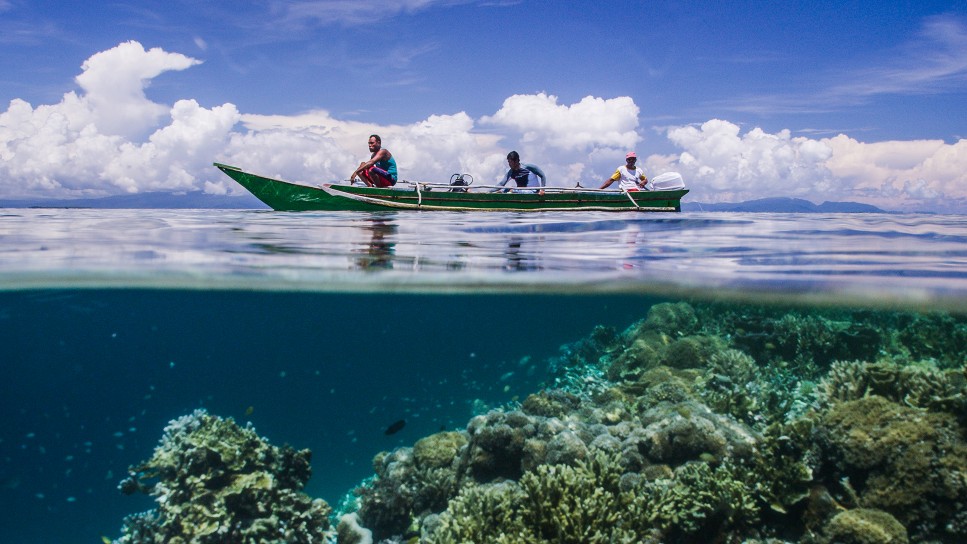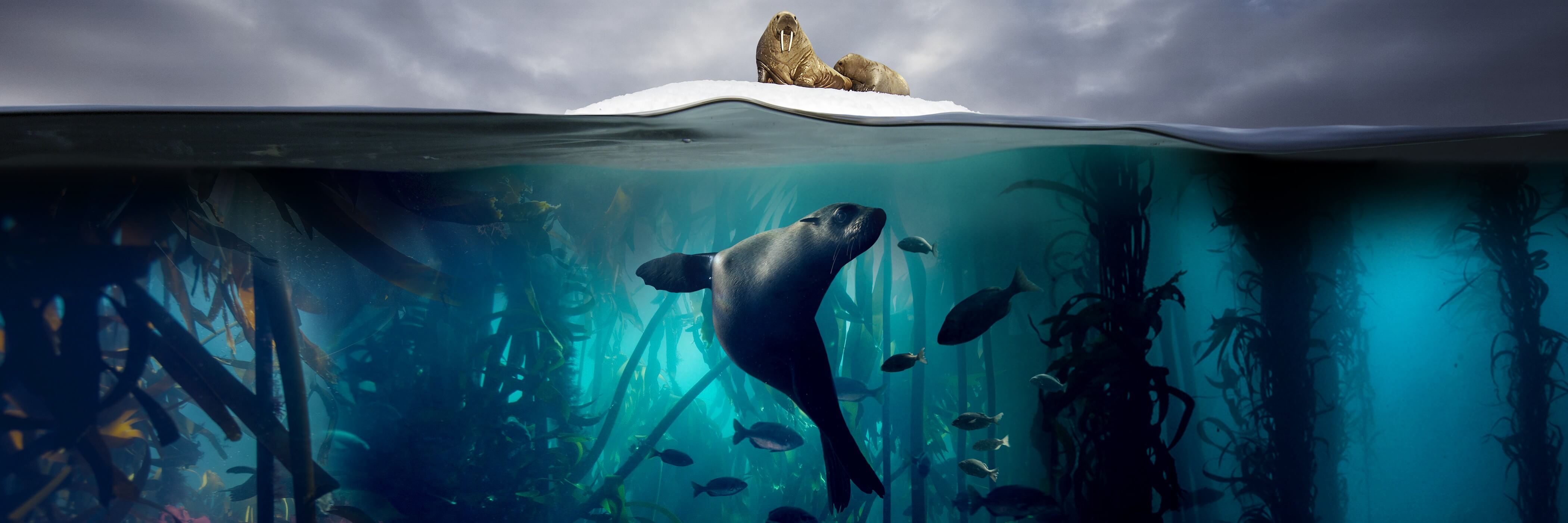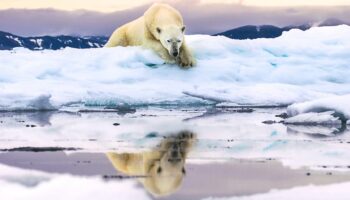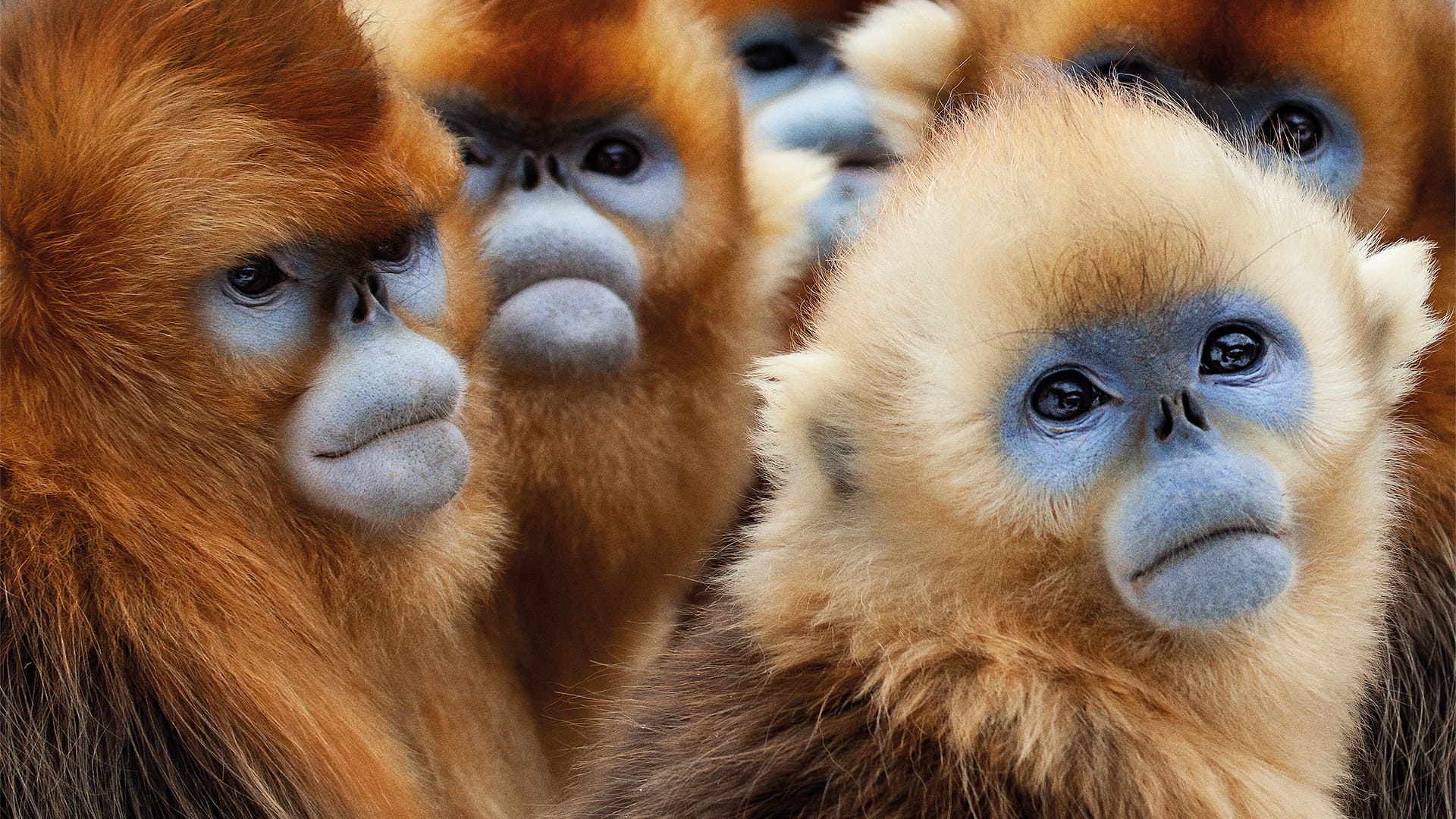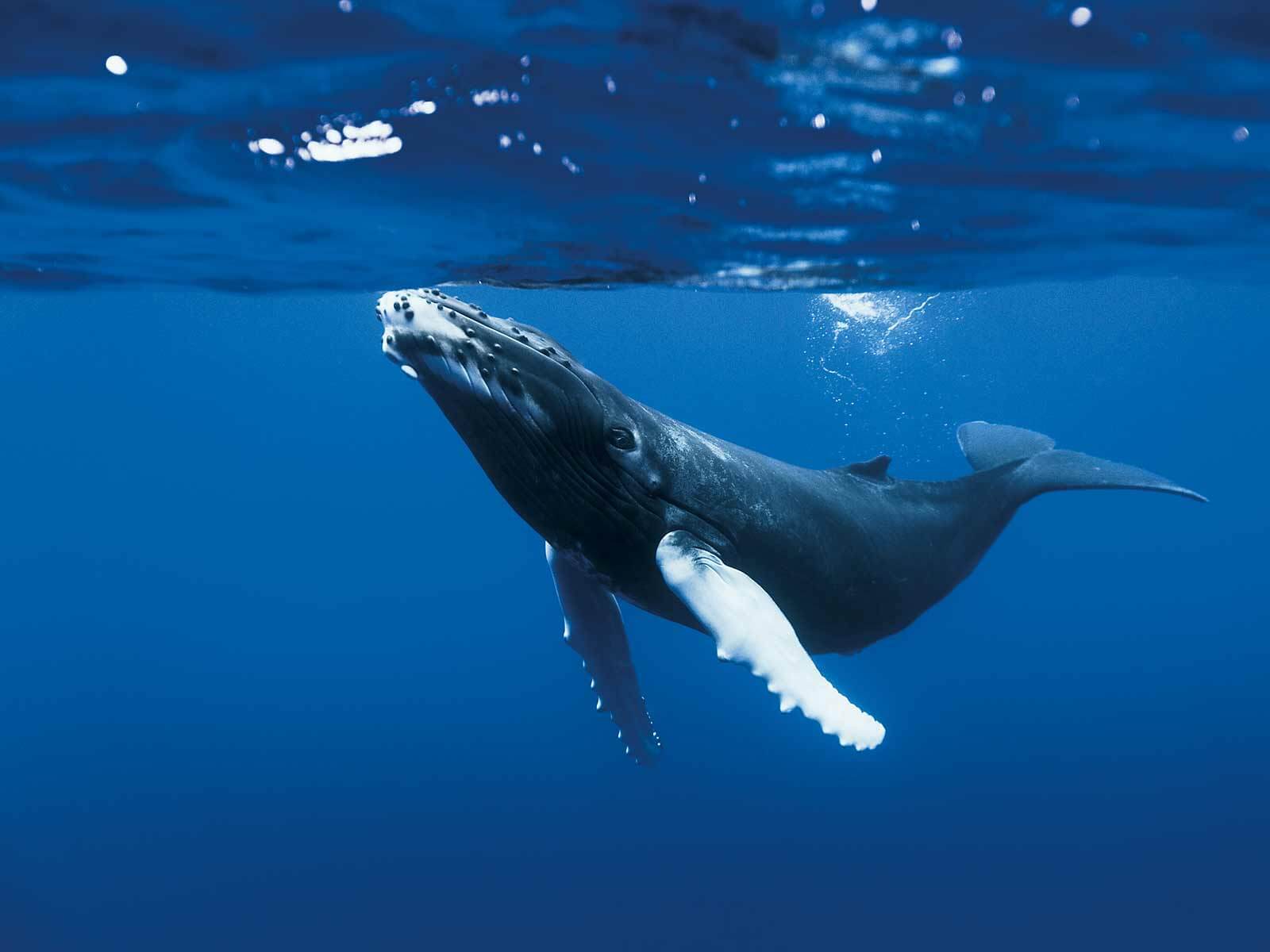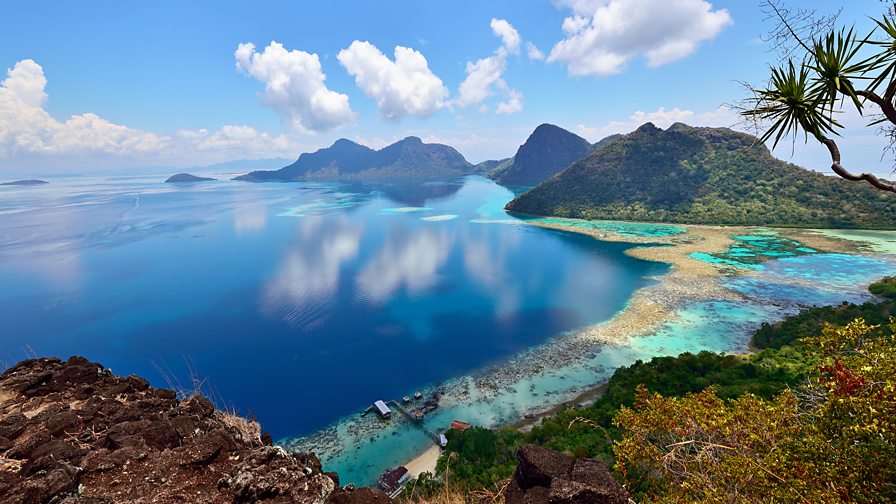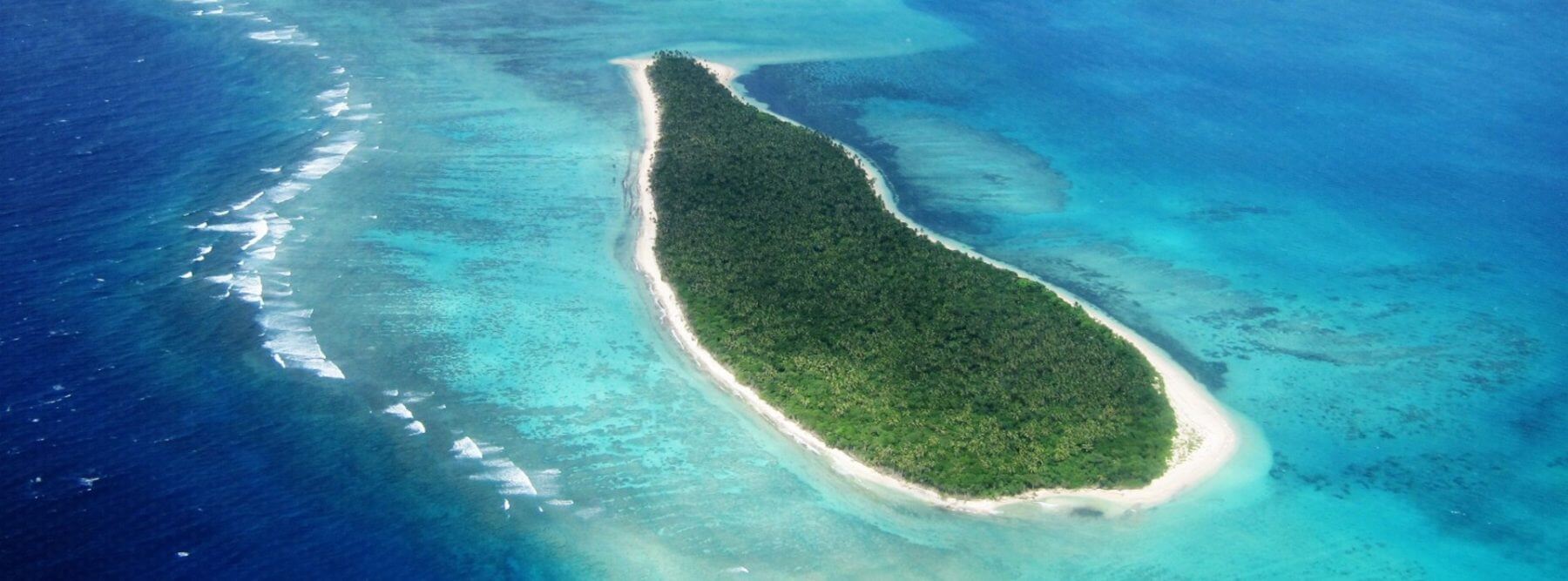description:
Across our planet, there are a handful of places that truly astonish, like Mount Everest, the Grand Canyon and Victoria Falls. These wonders seem to have little in common other than – literally – taking your breath away. But they share one other thing: they pose extraordinary challenges for their inhabitants. This landmark series combines stunning photography and compelling human drama as it reveals twelve remarkable places. And it uncovers the stories of people fighting to survive – and even triumph – in earth’s natural wonders.
episodes:
season 1
season 2
Earth’s Natural Wonders are parts of the natural world that nature has carved on such a scale, that they beggar belief – vast mountain ranges, impenetrable rainforests and dazzling tropical islands. Places where nature is visible at its most primal, most powerful, and most extraordinarily beautiful. Survival for human beings can be an incredible challenge.
The Natural Wonders are epic in scale: often rugged, possessing an awe-inspiring beauty. But the factors that create these stunning landscapes, can also present enormous challenges for the people who call them home. The extremes of nature encountered in many of Earth’s natural wonders, can threaten human survival, or make human lives extraordinarily demanding. Yet human beings have devised remarkable ways to survive and even thrive in many of these places. Now these Natural Wonders are undergo all sorts of changes, and human survival techniques must also evolve
In the high Himalaya, yak-herder Thokmay Lowa and his small group steer his herd through one of the region’s extreme mountain passes. For several months of the year, these herders live isolated lives away from their families, before returning in spring to the summer pastures. Their journey is fraught with hazards, as the terrain they must cross is highly treacherous. With baby yaks being born later than usual this year, some are only a day old when they must tackle the pass.
In the Canadian Arctic, traditional Inuit communities still forage for much of their food. 63-year-old Minnie Nappaaluk and her granddaughter Eva embark on one of the most hazardous expeditions for food – the mussel harvest. Winters here are so extreme the surface of the sea freezes, and when the spring tides go out, the sea ice is suspended above the seabed. Just as Inuit women have done for centuries, Minnie and Eva cut a hole through the sea ice and venture below this shifting, dangerous ice-layer to collect their bounty.
Some Natural Wonders are threatened as never before – nowhere more so than the Brazilian Amazon. In the Mato Grosso, as a result of deforestation, the region’s microclimate has changed. Now fires rage out of control in the dry season. Not only do these destroy wild habitats – they also threaten the very existence of the indigenous peoples still living traditional lives in the rainforest. Now, one project aims to tackle these blazes by teaching indigenous peoples how to effectively fight the fires. It’s a daunting and dangerous task, but the continuance of their traditional way of life depends upon it.
In the blistering Australian Outback, cattle ranching requires a lot of space. The only way to efficiently round up the herds on these vast farms is through the use of helicopter cowboys like Chris Weyand. It’s a dangerous job – he must fly low and slowly over difficult terrain, and every year some pilots are killed. But thanks to the efforts of people like Chris, farming on this scale in the Outback is now possible.
Deep in the Siberian interior, survival is tough. But climate change is opening up a new niche for the human inhabitants of this region – mammoth tusk collection. The tusks have been locked in the Siberian Permafrost for thousands of years, but as the climate changes and the permafrost starts to melt more each summer, it is giving up this unexpected bounty. These tusks are made of ivory, and can sell for thousands of dollars. It is a controversial activity – conservationists argue that it encourages the ivory trade. But for now at least this is a legal pursuit.
In many of the earth’s natural wonders there is an abundance of animals. These can be a devastating threat to the people who live there, or they can provide a means of survival, but often at a high price.
In the coastal salt marshes of northern Australia’s Arnhem Land, Indigenous Australians still go hunting for the eggs of one of the world’s most aggressive predators – the saltwater crocodile. Following a hunting ban their numbers are recovering well, and the local rangers, like Greg Wilson, are licensed to take a quota of eggs to supply the region’s commercial crocodile farms. Despite their ancient hunting skills, this remains a dangerous job – a croc could always be lurking nearby, protecting its nest.
The Yamal Peninsula in northern Siberia is a frozen environment stretching deep into the Arctic Circle. Known to local nomadic peoples as the edge of the world, temperatures can reach minus 50 degrees Celsius or lower in the depths of winter. Very few animals can live here, but one that can is the reindeer. Adapted to survive on a diet of lichen, the reindeer in turn enable people to survive. For thousands of years the Nenets people have survived by following these herds, in a symbiotic relationship that benefits both people and animals. For 65-year-old reindeer herder Medko Serotetto the journey is becoming harder than ever, as climate change makes weather patterns increasingly unpredictable.
Vanuatu is an island paradise in the south Pacific, but life here isn’t perhaps as idyllic as it appears. Overfishing has reduced fish stocks, making food harder to come by for the indigenous islanders like 45-year-old Nigasau. The islanders are dependent on fish for their food, as there is little arable land or wildlife on the islands, but the catch is falling further with every year that goes by. Nigasau’s 15-year-old son Misakofi is learning his trade as a fisherman and faces his greatest test – freediving at night to catch highly prized lobster. All around the world, as animal populations decline, life is becoming tougher for the indigenous people who depend on them.
In other parts of the world, it is living space that is in short supply. For countless years, elephants of north east India have migrated around the forests in the Himalayan foothills and lived in the plains of Assam. The growth of Assam’s famed tea plantations has led to an influx of workers, some of whom have made their homes on the ancient elephant migration routes. Conflict is hard to avoid, especially when the elephants are drawn to the villages by the smells of food and palm toddy. The elephants themselves are a protected species, and it is illegal to harm them, but survival for them too is becoming ever harder.
In some of the world’s most spectacular natural wonders, people push themselves to the limit in order to survive. For the people who call these extraordinary places home, survival requires skill, ingenuity and bravery.
In Brazil, the Kamayura people of the Xingu Indigenous Park believe they must appease the spirits if they are to remain in good health. Fail to make the spirit happy, and ill health could follow. At one key festival, an offering is made to a ‘bird spirit’. The villagers must dance to please him. The longer and harder the dance, the happier the spirit will be. To make the festival a success, it is down to Perri and his family to organise a massive fishing expedition. The villagers must catch basketloads of fish to sustain the warrior in their hours of dancing. But catching the fish means venturing into the nearby lake, also home to caiman, electric eels and piranha.
In Ethiopia, belief in a higher power leads villagers in the Tigray region to climb a huge, vertiginous mountainside to reach their church. They believe it’s vital and beneficial for their children to be baptised here, despite the obvious dangers. Just 40 days after giving birth, Ngisti must climb 400 metres to have her new son Dawit baptised.
Laos is one of the most fertile places on earth. Despite this, life is dangerous for the rice farmers in this beautiful country. During the Vietnam War, the United States dropped an estimated 270 million bombs on this small country and approximately 80 million of them failed to explode, remaining in the ground to this day. Every year, 300 people are killed or injured by them. A group of bomb-disposal experts, led by 35-year-old Lumngen, clear fields for a new school. It is painstaking work, and a job that comes with obvious risks.
In the North Atlantic, between Scotland, Iceland and Norway, lie the Faroe Islands. Once a year, islanders on one island, Skuvoy, scale the sheer-sided cliffs to obtain a traditional delicacy, fulmar eggs. The birds nest hundreds of feet up the cliffs, and islanders reach them using traditional climbing equipment, including woollen slippers and harnesses. It’s a death-defying feat, all for the sake of a traditional delicacy.
In Switzerland, millions of people come to the Alps every year, and take risks for nothing more than pleasure. The hikers, climbers and skiers who come here are drawn by the mountains, but many of them are injured or killed in the pursuit of fun. The programme joins the Zermatt air rescue team on their helicopters as they patrol the area and attempt to save lives.

